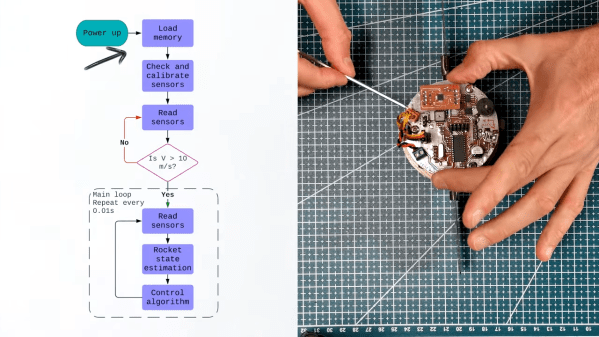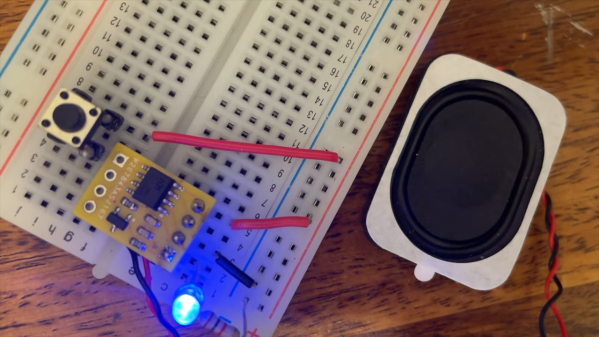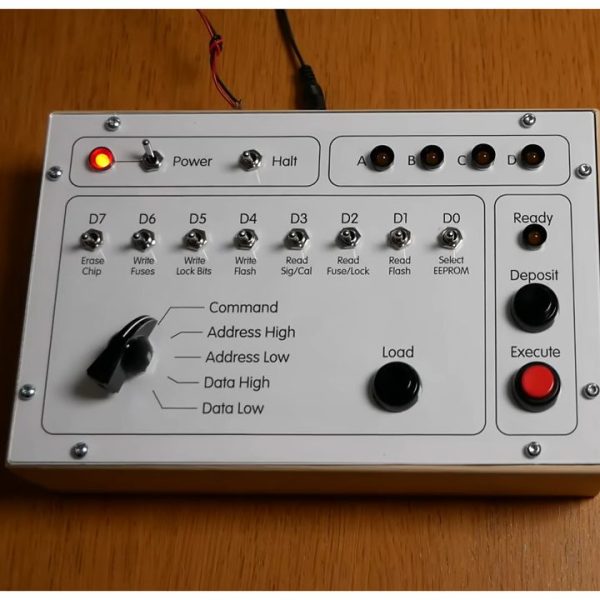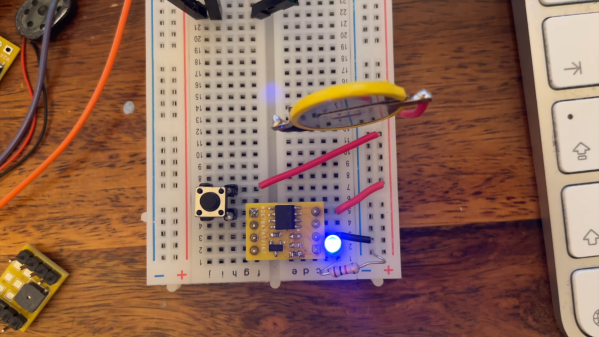Over on YouTube, [Ben Eater] pursues that classic 8-bit sound. In this video, [Ben] integrates the MOS Technology 6581 Sound Interface Device (SID) with his homegrown 6502. The 6581 SID was famously used in the Commodore line of computers, perhaps most notably in the Commodore 64.
The 6581 SID supports three independent voices, each consisting of a tone oscillator/waveform generator, an envelope generator, and an amplitude modulator. These voices are combined into an output filter along with a volume control. [Ben] goes into detail concerning how to configure each of these voices using the available facilities on the available pins, referencing the datasheet for the details.
[Ben]’s video finishes with an 8-bit hit from all the way back in October 1985: Monty on the Run by Rob Hubbard. We first heard about [Ben’s] musical explorations back in June. If you missed it, be sure to check it out. It seems hard to imagine that demand for these chips has been strong for decades and shows little sign of subsiding.
Continue reading “Programming The 6581 Sound Interface Device (SID) With The 6502”


















